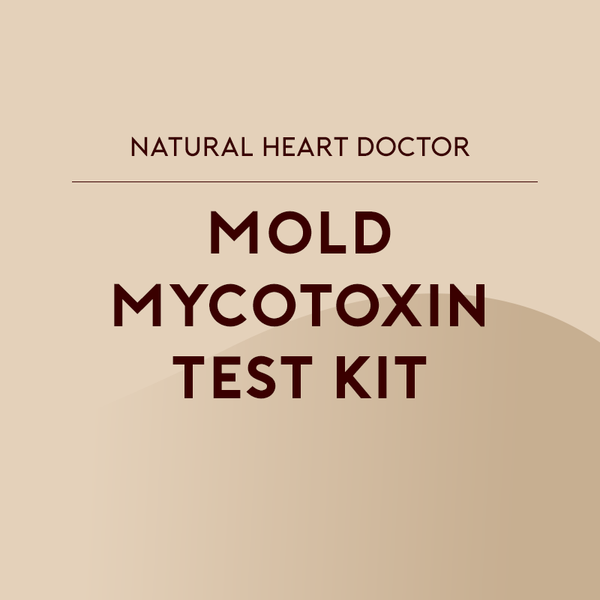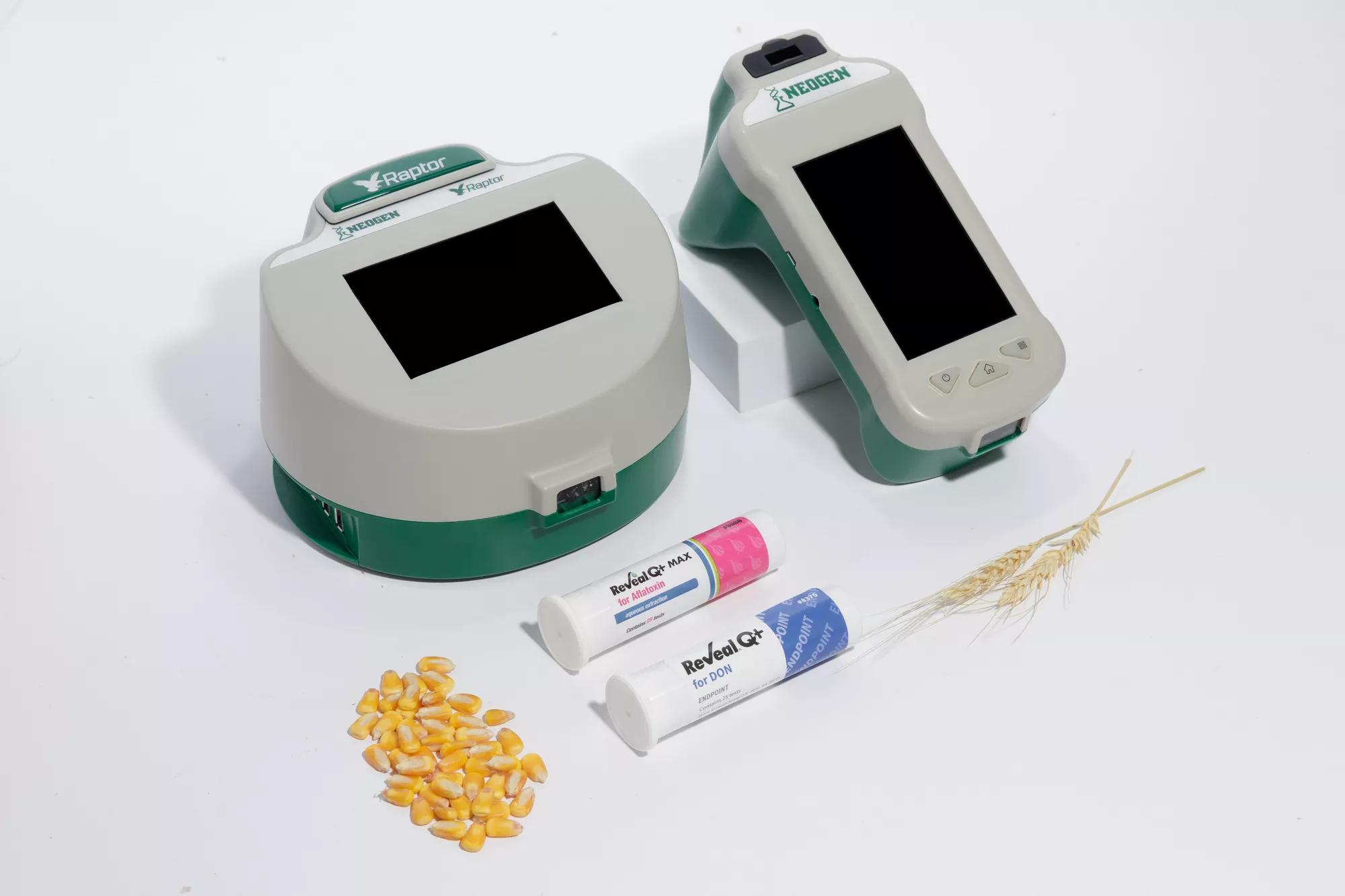Exactly How Mycotoxin Testing Aids Avoid Contamination and Protect Food Products

Mycotoxin testing is a crucial method in the food market, offering as a frontline defense against contamination by dangerous toxins generated by mold and mildews. Through the application of advanced techniques like High-Performance Liquid Chromatography (HPLC) and Fluid Chromatography-Mass Spectrometry (LC-MS), food manufacturers can properly evaluate and identify mycotoxin levels in agricultural items.
Comprehending Mycotoxins
Recognizing mycotoxins starts with identifying that they are toxic second metabolites created by certain molds, which can pollute farming items. These metabolites are not important for the development or recreation of the fungis but can have severe effects for animal and human wellness. Mycotoxins are commonly discovered in staple plants such as corn, wheat, barley, and nuts, where they can proliferate under details conditions of moisture and temperature level.
There are numerous kinds of mycotoxins, each produced by different fungal types. Aflatoxins, created by Aspergillus species, are among the most well-known, recognized for their carcinogenic properties. An additional significant group consists of ochratoxins, generated by Aspergillus and Penicillium types, which have nephrotoxic impacts. Fusarium types generate fumonisins and trichothecenes, both of which are connected with various acute and persistent wellness issues.

Dangers of Mycotoxin Contamination
The dangers of mycotoxin contamination are diverse, posing significant risks to both food safety and security and public wellness. Mycotoxins, harmful substances generated by certain types of fungis, can contaminate a large variety of farming products including grains, nuts, spices, dried out fruits, and coffee.
Financial impacts are one more significant problem. Polluted crops can cause considerable financial losses for farmers and food producers because of lowered yields and the demand for costly decontamination steps. Furthermore, international profession can be considerably impeded as nations apply strict mycotoxin regulations to safeguard their populations, causing declined deliveries and stretched profession connections.
Ecological variables such as climate change worsen the danger of mycotoxin contamination. Variants in temperature level and moisture can develop favorable conditions for fungal growth, increasing the probability of contamination events. Thus, understanding and mitigating these risks are crucial for guaranteeing the safety and security and honesty of worldwide food products.
Techniques of Mycotoxin Checking
Accurately identifying mycotoxin contamination in farming products is important for protecting public wellness and keeping food safety and security standards. Different techniques are used to identify and measure mycotoxins, each offering particular benefits and limitations.
High-Performance Fluid Chromatography (HPLC) is a widely utilized approach as a result of its high sensitivity and accuracy. It entails separating mycotoxins from other materials in an example, enabling precise quantification. Liquid Chromatography-Mass Spectrometry (LC-MS) incorporates fluid chromatography with mass spectrometry to provide comprehensive molecular details, making it especially useful for determining multiple mycotoxins concurrently.

Gas Chromatography-Mass Spectrometry (GC-MS) and Thin-Layer Chromatography (TENDER LOVING CARE) are additionally employed, each with one-of-a-kind applications. GC-MS is effective for unpredictable mycotoxins, while tender loving care uses a simpler, cost-effective option for initial screening.
Benefits of Normal Testing
Routine screening for mycotoxins in agricultural products supplies numerous benefits, significantly contributing to public health and wellness and food security. By recognizing contamination early, regular testing helps stop the circulation of hazardous foods, thus lowering the risk of mycotoxin-related diseases amongst customers. This positive technique not just safeguards human health but also boosts the overall high quality of food supplies.
Different countries and regions have developed stringent limitations for mycotoxin levels in food and feed. Adhering to these restrictions with normal testing makes sure that manufacturers and suppliers meet legal standards, therefore avoiding penalties and trade obstacles.
Furthermore, regular mycotoxin testing can bring about significant financial advantages. Early detection of contamination enables prompt treatment, decreasing prospective losses from prevalent contamination. Carrying out regular testing procedures can additionally decrease recall prices and relevant obligations, which can be monetarily ravaging.
Furthermore, routine testing offers beneficial information that can notify much better agricultural methods and storage space conditions. By recognizing patterns of contamination, producers can adopt preventive steps, therefore reducing future threats and adding to the sustainability of the food supply chain.
Implementing Examining Procedures
Implementing efficient mycotoxin screening methods is important for guaranteeing the safety and top quality of farming items. Developing a robust screening framework includes several vital actions, beginning with the identification of possible contamination points within the manufacturing and supply chain. This includes pre-harvest, post-harvest, storage, and circulation phases. Each phase needs to be scrutinized to identify where mycotoxin contamination is probably to take place.
Once essential control points are recognized, choosing proper screening approaches is necessary. Usual methods consist of enzyme-linked immunosorbent assay (ELISA), high-performance fluid chromatography (HPLC), and mass spectrometry (MS) Each method has its strengths and weaknesses; hence, choosing the correct one relies on the specific mycotoxin being tested, the required sensitivity, and available sources.

Finally, incorporating the testing methods right into an extensive food security monitoring system is a good idea. This enhances traceability and enables quick restorative actions when contamination is detected, consequently safeguarding the honesty of the food supply chain.
Verdict
Mycotoxin testing is vital in avoiding contamination and securing food supplies by enabling very early discovery of hazardous toxins produced by mold and mildews in agricultural products. Regular screening enhances brand credibility, monetary stability, and depend on in food safety by reducing contamination-related losses and keeping high requirements in food production.
Mycotoxin screening is an important technique in the food sector, serving as a frontline defense versus contamination by dangerous contaminants produced by mold and mildews. An integrated method entailing agricultural methods, storage administration, and normal testing can minimize the risks connected with mycotoxin contamination, guaranteeing food safety and public wellness.
The dangers of mycotoxin contamination are multifaceted, positioning considerable risks to both food safety and right here public wellness.Routine screening for mycotoxins in farming products uses various advantages, substantially adding to public health and food security.Mycotoxin testing is necessary in preventing contamination and protecting food materials by allowing early detection of damaging toxins produced by mold and mildews in farming products.